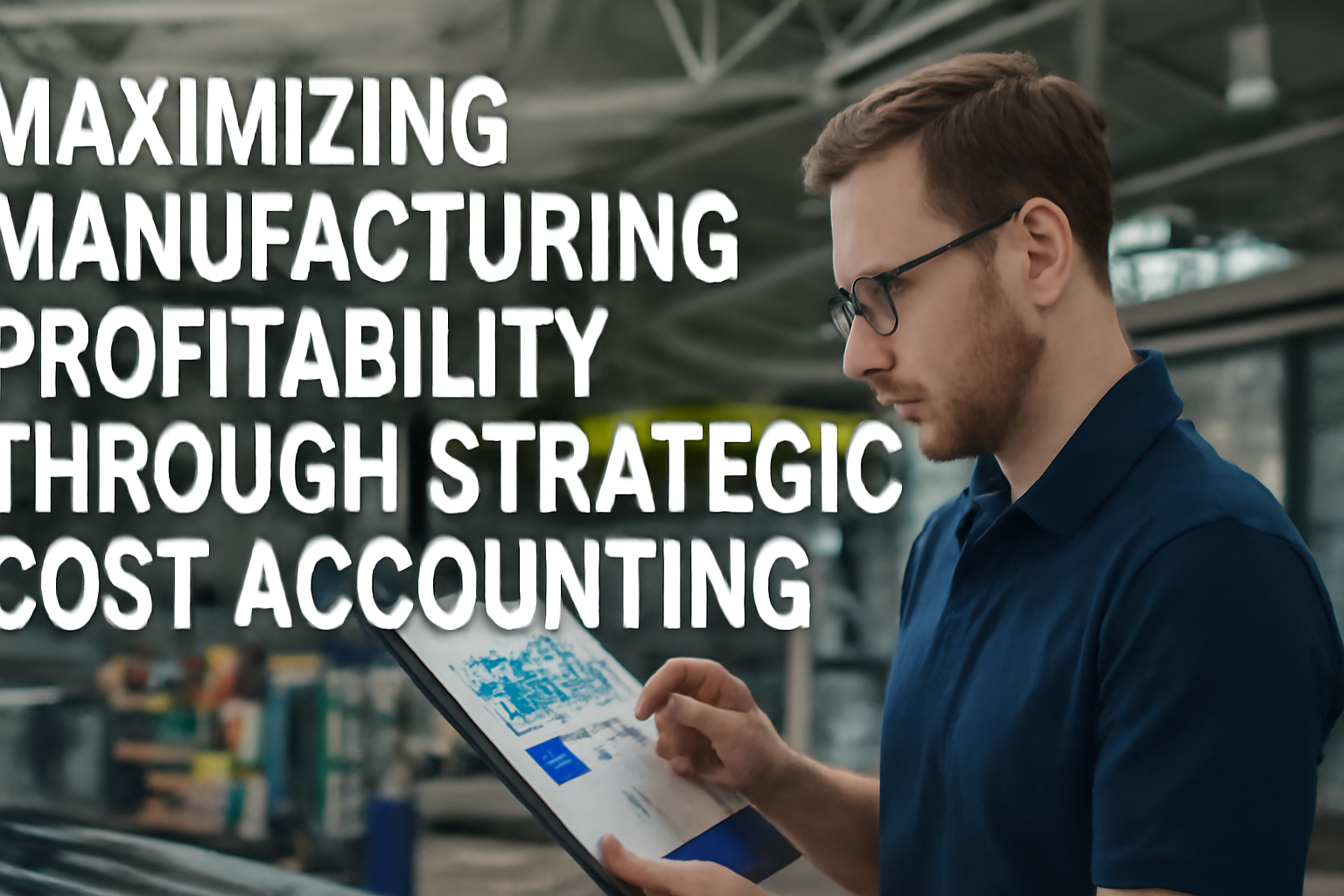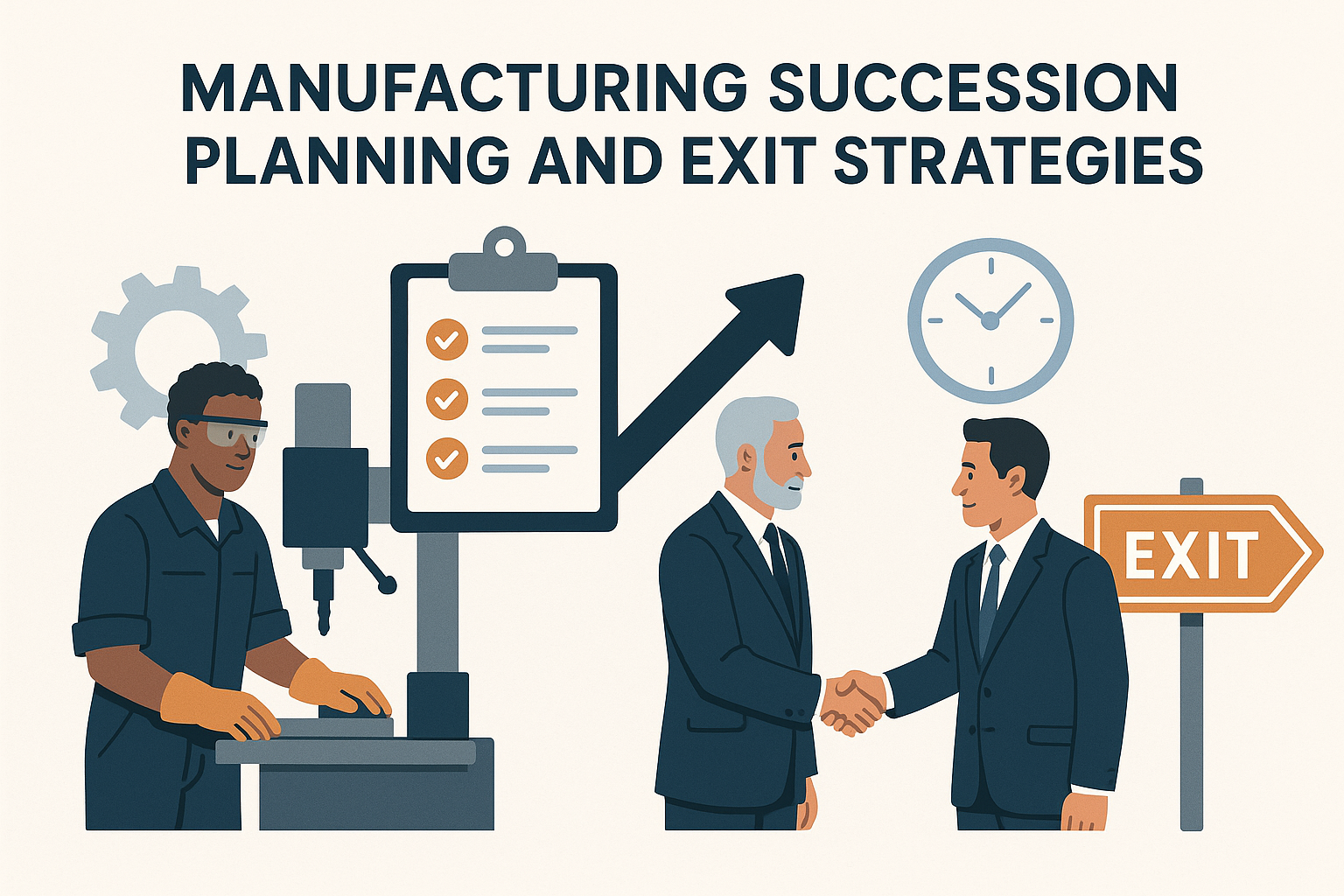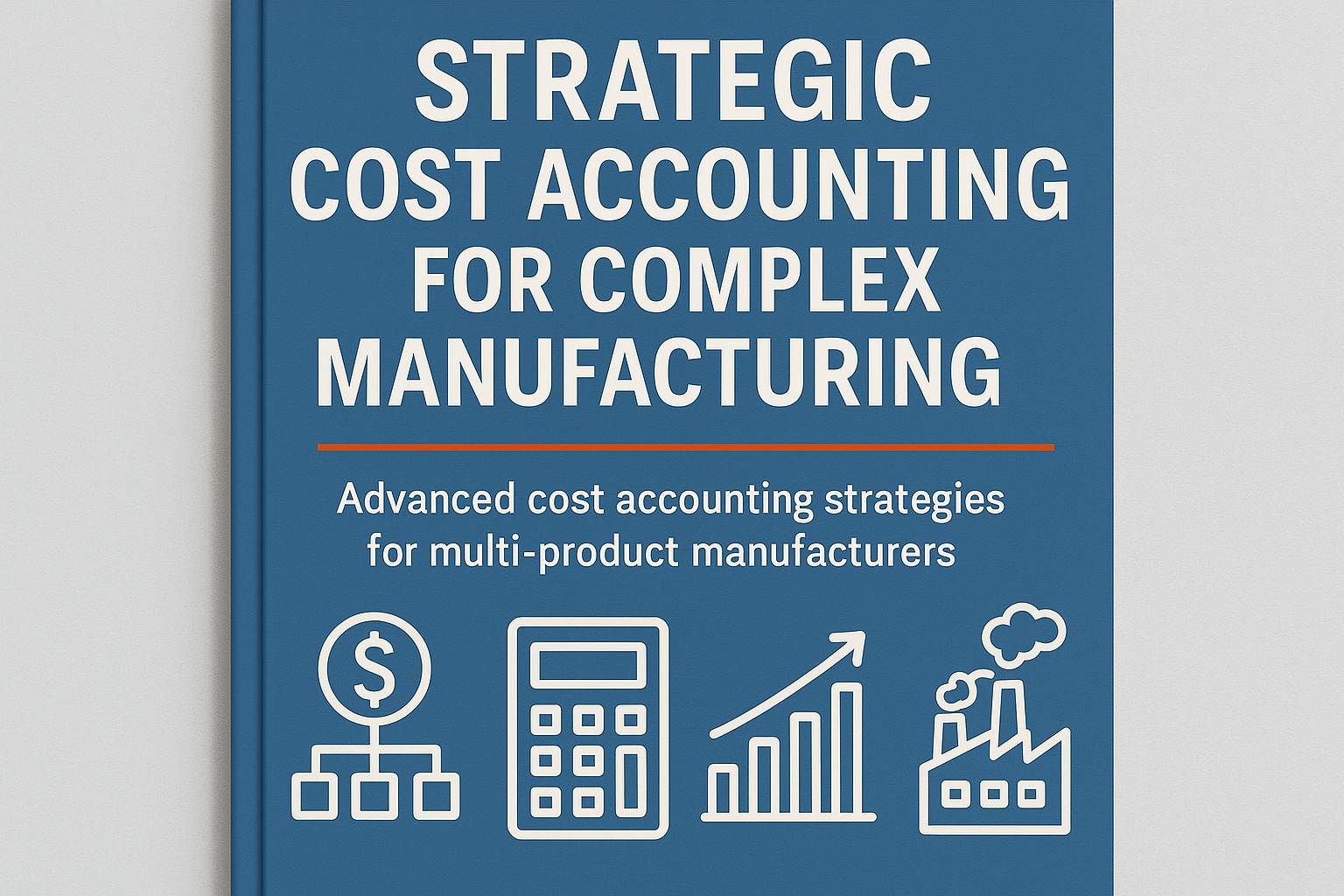
Maximizing Manufacturing Profitability Through Strategic Cost Accounting

Jennifer Liu
Cost Accounting Director
In today's competitive manufacturing environment, understanding true costs is essential for making informed decisions that drive profitability. Strategic cost accounting goes beyond basic financial reporting to provide manufacturers with actionable insights that can transform their operations and bottom line.
The Limitations of Traditional Cost Accounting
Many manufacturers rely on outdated cost accounting methods that fail to capture the complexity of modern manufacturing operations. Common limitations include:
- Oversimplified overhead allocation based on direct labor hours
- Failure to account for the true cost of complexity
- Inadequate product costing leading to mispriced products
- Limited visibility into process-level costs
- Inability to identify value-added vs. non-value-added activities
Strategic Cost Accounting Approaches
Activity-Based Costing (ABC)
Activity-based costing provides a more accurate picture of product and customer profitability by:
- Identifying specific activities that drive costs
- Assigning costs to products based on their consumption of activities
- Revealing high-complexity, low-margin products that drain resources
- Providing insights for pricing strategies and product mix decisions
Lean Accounting
Lean accounting aligns financial practices with lean manufacturing principles by:
- Focusing on value streams rather than departments
- Simplifying financial reporting to highlight waste and inefficiency
- Eliminating non-value-added accounting transactions
- Providing real-time performance metrics that drive continuous improvement
Target Costing
Target costing reverses the traditional cost-plus approach by:
- Starting with the market price and working backward to determine allowable costs
- Engaging cross-functional teams in cost reduction during design
- Focusing on lifecycle costs rather than just production costs
- Driving innovation in both product design and manufacturing processes
Implementing Strategic Cost Accounting
To implement more strategic cost accounting practices, manufacturers should:
- Assess Current Systems: Evaluate the accuracy and usefulness of existing cost information.
- Map Value Streams: Identify key processes and activities that drive costs.
- Develop Appropriate Cost Drivers: Determine meaningful metrics for allocating indirect costs.
- Implement Technology Solutions: Leverage ERP and manufacturing execution systems to capture detailed cost data.
- Train Decision-Makers: Ensure managers understand and can act on the new cost information.
Case Study: Precision Components Manufacturer
A precision components manufacturer implemented activity-based costing and discovered that 15% of their products were generating 80% of their profits, while 30% were actually unprofitable when all costs were properly allocated. By strategically repricing some products, discontinuing others, and focusing resources on their most profitable product lines, they increased overall profitability by 28% within one year.
Key Performance Indicators for Manufacturing Profitability
Strategic cost accounting enables manufacturers to track meaningful KPIs, including:
- Contribution margin by product line, customer, and market segment
- Cost of complexity for product variations
- Value-added vs. non-value-added costs
- Capacity utilization and constraint analysis
- Total cost of quality (prevention, appraisal, internal failure, external failure)
Conclusion
Strategic cost accounting provides manufacturers with the insights needed to make informed decisions about product mix, pricing, process improvements, and capital investments. By moving beyond traditional cost accounting methods, manufacturers can uncover hidden profit opportunities and build more sustainable competitive advantages. Contact Schapira CPA to assess your cost accounting practices and develop a more strategic approach.


